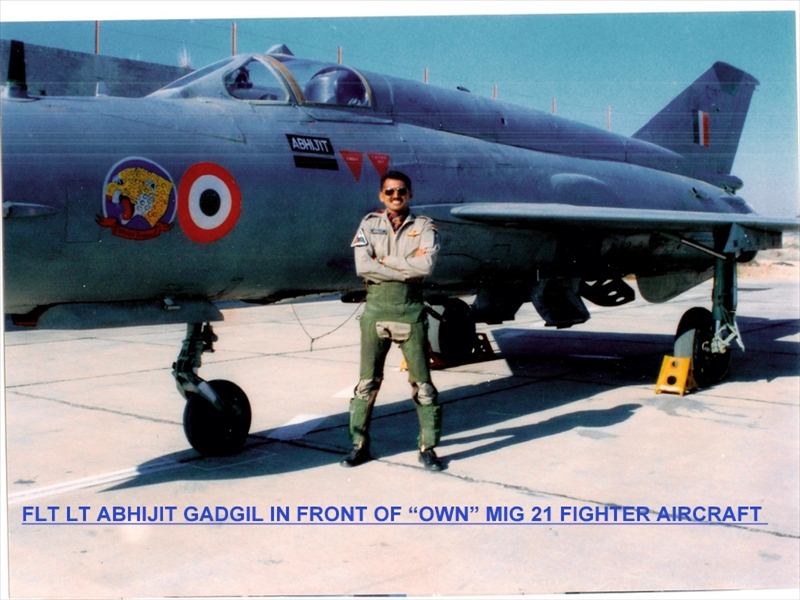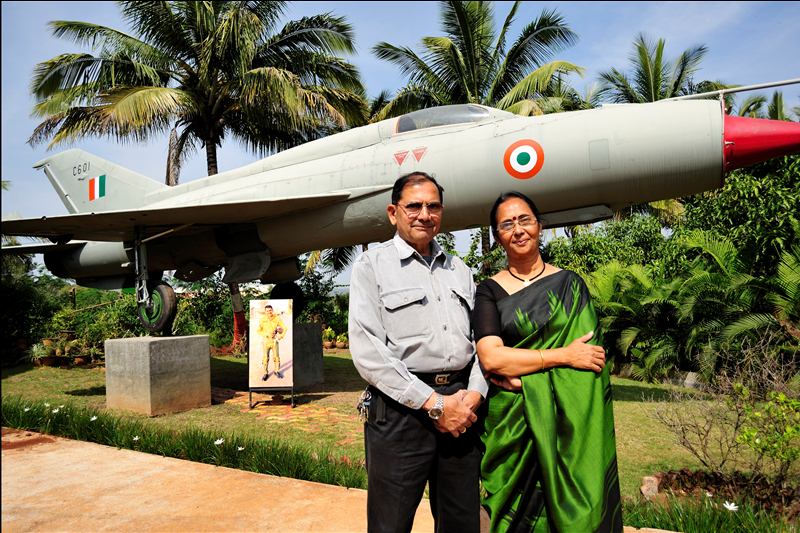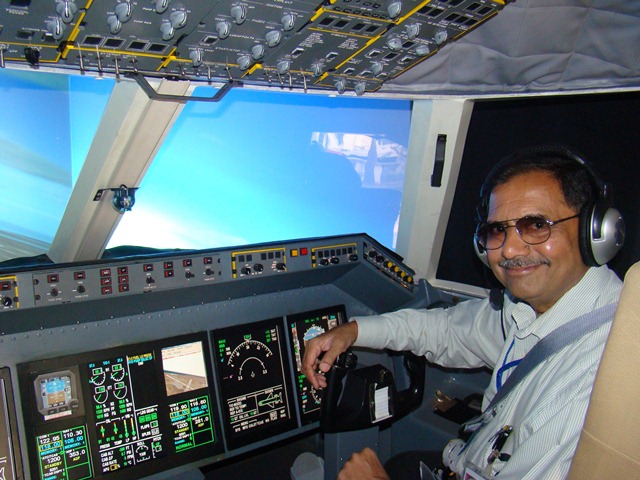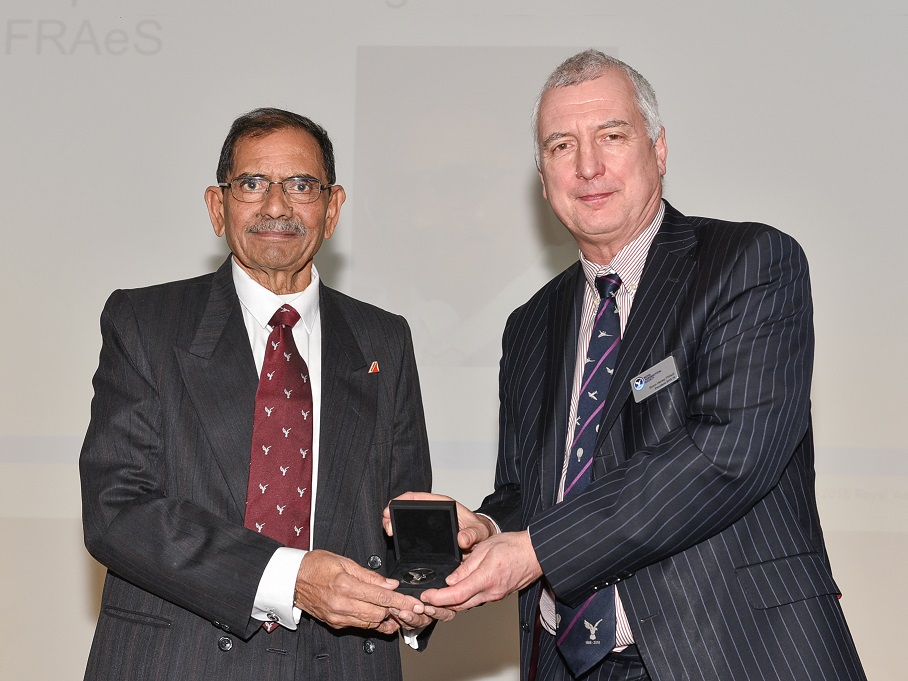A MiG malfunction caused their pilot son to crash to his death. The government refused to own up its mistake. This is the story of how the aggrieved parents struggled to clear their son’s name.
Spatial disorientation. Two words and the entire blame of a young pilot’s death was shifted onto his own shoulders.
When 27-year-old Flight Lieutenant Abhijit Gadgil was called to fly in place of another pilot on September 21, 2001 and lead the ‘night formation’ exercise, he had no premonition about what would happen on that fateful night in Sutagarh, Rajasthan.
“He took off in his MiG-21 and within a few seconds, his aircraft nose-dived into the sands of the dark area ahead. The total flight time was 33 seconds. All over,” recalls Captain Anil Gadgil, Abhijit’s father, while speaking.
“And with this, our whole world turned upside down,” he adds.
Abhijit’s death was a massive blow to the Gadgils and to add to their misery, their son was blamed for the crash that had cost him his life.
The bereaved parents refused to accept that their son’s death was due to his own fault. A three-year fight with the authorities followed, and it finally led to them finding out that the ‘spatial disorientation’ (the inability of a pilot to determine his position, location, and motion in relation to their environment) which caused his death, may have been triggered by a ‘technical malfunction’ in the plane.
The accident that launched the war
The media calls them the “flying coffins” and the MiG-21 have earned this reputation in the aviation industry due to a series of crashes that have claimed more than 200 lives. The Gadgils actively stay away from this name but in the case of Abhijit as well, a technical issue resulted in the crash, just seconds after take off.
Captain Anil and his wife, Kavita, were determined to fight, not just for their son but for all those pilots who have lost their lives due to faults in the MiG-21 aircraft.
Captain Anil is an IAF veteran who had served as a Wing Commander. He was a part of the Bangladeshi liberation and retired in 1985 after 20 years of service to join Air India as a pilot. He held this position for 20 years.
Kavita had always been the driving force behind Abhijit and Anil, and in the year 2002, she became a crusader demanding justice.
“Kavita came into the spotlight in 2002 as the grieving mother who refused to accept that scores of young pilots like her son were dying in horrific MiG-21 plane crashes in a peacetime environment,” Anil says.
“She submitted a memorandum to the then defence minister, the Late Mr George Fernandes, raising questions on the alarming rate of the fatal accidents of these aircraft and the letter from the Air Force blaming Abhijit’s ‘spatial disorientation’ for his MiG-21 crash.”
Demanding answers to their questions, the family also met the then President, APJ Abdul Kalam.
It took their persistent efforts for the IAF to concede in a letter that, the ‘spatial disorientation’ might have been the result of a technical malfunction in the aircraft, and that Flt Lt Abhijit would not be blamed for the crash. The President also assured them that a positive trend of MiG safety would be taken up as a serious cause.
If the story sounds familiar, then it might be because Rakeysh Om Prakash Mehra’s blockbuster, Rang De Basanti, was partially inspired by the couple’s arduous efforts to clear their son’s name.
Although Anil and Kavita were able to get justice for their son, their journey to immortalize their son’s name continues.
The founding of the Jeet Aerospace Institute
A piece of land, owned by the couple, near the Khadakwasla dam in Pune became the place of new beginnings. In 2006, they decided to put this land to use and train those who dream of flying for the IAF.
The Jeet Aerospace Institute (JAI) was opened under the aegis of a trust that the couple set up in their late son’s name with support from eminent scientist Dr RA Mashelkar and Kumar Ketkar, a journalist.
While Captain Anil brought 40 years of aviation experience with him, Kavita brought her strength and determination to do all she can to make the JAI a success.
“We designed a mobile twin-jet simulator to train pilots and raised funds to get that built. We also built a small house, a couple of classrooms and a hangar to keep the mobile simulator where pilots are trained to fly in a jet cockpit,” says Kavita.
She mentions that the cost of the project was nearly two crores, and most of the money came from the Gadgil family. Kedar, her elder son, had donated Rs 25 lakh.
Interestingly, JAI has the only mobile simulator in India, a feat recognized by the Royal Aeronautical Society (RAeS) in the UK.
In December 2018, the couple was invited to London to receive the prestigious Flight Simulation Medal (2018) by the RAeS for the “significant long-term contribution, in an international context, in the field of Flight Simulation.”
The institute offers a variety of pilot training courses and so far, JAI has trained over 470 professional pilots—from young commercial pilot license-holders to experienced former defence pilots.
“We have also conducted exposure workshops for a great number of NDA, NCC, SPPU’s (Savitribai Phule Pune University) MTech students and RLMSS girl students. We have also gone on roadshows in Mumbai, Pune and smaller towns to give a glimpse of ‘aviation’ to those who may have seen the airplane only flying in the sky, not anywhere nearby,” Captain Gadgil tells us proudly.
It has been a long journey for the Gadgils to find closure. However, they are still willing to go on and do all that they can for all those “little Abhijits” who remind them of their son with their eyes full of dreams of flying in the sky.
Article Credit: better India




